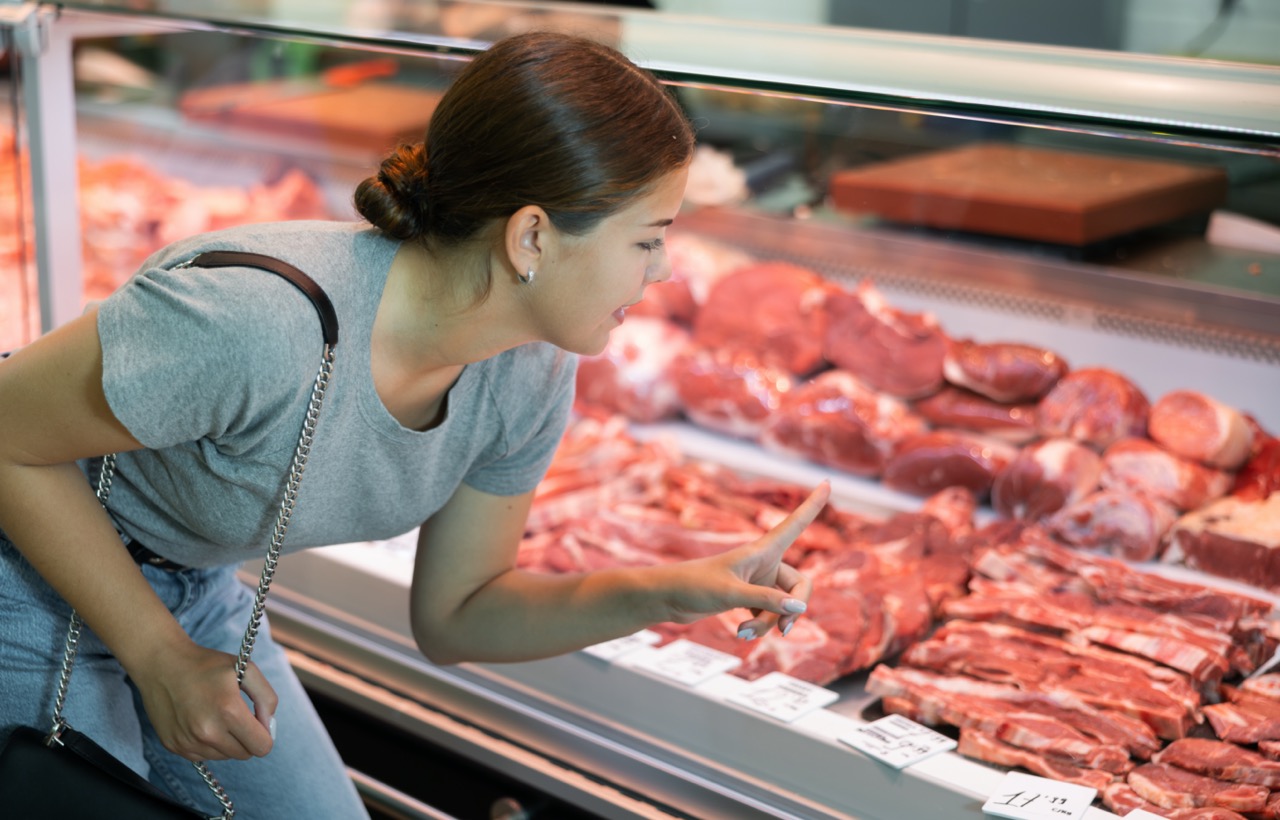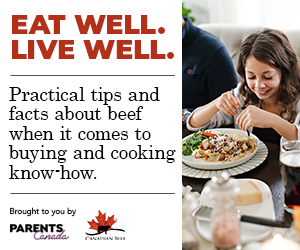Beef is a versatile protein, but navigating the world of cuts, grades and safety can be tricky. In this guide, we answer some of the most common beef questions, covering everything from understanding labels to environmental impacts and safe handling tips.
Beef is a staple in many diets around the world, but the meat section of the grocery store can be confusing. With so many cuts available to choose from, it can be tricky to know what you’re buying, and if it’s exactly what you’re after. With that in mind, we thought we would answer some of the mostly frequently asked questions about beef, to help provide a clearer understanding of this powerhouse protein.
Read on as we dive into everything from what goes into grading, what the package labels really mean, how to handle beef safely and much more.
How do I read a meat label?
There are a few key pieces of information you’ll find on a meat label. Some will help you to choose the right cut for the dish you’re intending to make, while others are included to tell you about the origin of the product. Knowing what each piece of info means will help you to make more informed choices, so be on the lookout for these details:
Canadian beef symbol: This symbol shows a cow in front of a maple leaf, and this is the indicator that the product originates in Canada. It may include a province or region as well. If you see “Product of Other Country” anywhere on the packaging, you know it’s imported from elsewhere.

Cut name: The cut named is based on the part of the cow from which the beef comes. Common cuts include sirloin, striploin, tenderloin, rib eye, round or hip. Ground beef can be a blend of cuts. Each cut has its own characteristics in terms of flavour, tenderness, etc., as well as best practices for cooking.
Grade mark indicator: You should also be able to identify quality Canadian beef by the grade indicator included on the packaging. These designations are assigned by a certified grader as a way to help you with your purchase, whether you want Canada Prime, Canada AAA or Canada AA (we’ll tell you more about what these phrases mean in a minute!).
Meat processing location indicator: All meat sold in Canada must be inspected at either federally or provincially for your assurance of safety. You may see a packing plant identifier, to indicate where the product was checked.
Packaged-on and best-before dates: You already know about these ones from other products. A packaged-on date tells you when the meat was packaged up at the processing plant or store—ground beef should be used within one to two days of packaging (whole cuts should be used within three days). The best-before date helps you to know when the meat should be frozen or cooked by for best results.
Expiry date: You will also find an expiry date, which gives you food safety guidance on whether the beef is still okay to eat.
Cost per weight: If you’ve ever compared packages of meat in the store and wondered why the prices differ, it’s related to cost per unit of weight and total weight. Beef is typically priced per kilogram, so you’ll likely see both the price per kilogram and the net total on the label. The unit price is related back to the cut and grade of the meat.
How is beef graded and what do the grades mean?
Like we already mentioned, Canadian beef may be assigned a grade by a certified grader, though grading is not mandatory and is not related to food safety. The grades are guidance for beef quality and are determined by several factors. Largely driven by marbling, the grade assignment also takes into account other factors, like maturity of the animal and colour of both the meat and the fat.
Marbling: This term refers to the amount of white flacks of fat you see running through lean meat. Well-distributed fat tends to equal inherent flavour. Canada Prime-graded beef has the most marbling, Canada AA is reserved for leaner cuts with less marbling and Canada AAA falls somewhere in between.
You should also pay attention to statements you see about aging: In the aging process, beef is held at controlled temperatures and humidity levels for a period of time. During this time, the naturally occurring enzymes in the beef break down some of the connective tissue that contributes to toughness. Look for beef that is aged for 10 to 14 days. Do not attempt to age beef yourself at home.
What should I consider when it comes to environmental impacts of beef?
As with any food we grow, raise or process, getting beef to the table isn’t without environmental impacts. But it is important to know that raising beef cattle the way we do in Canada also provides critical benefits the country’s ecosystem.
- Grassland protection: Canada’s pastures and prairies store up to 1.5 billion tons of carbon. Cultivation of grasslands can lead to 30 to 25 percent loss of soil organic carbon. Cattle grazing in grasslands and pastures helps to encourage new growth of grass, just like pruning a rose in your garden invigorates healthy growth and helps to prevent overgrowth that would eventually smother the plant.
- Healthy soil: Healthy grass provides ground cover protection from the elements—for example, the hot sun that would kill off beneficial microbes and creatures like worms for example. Plus, the manure from cattle provides much-needed nutrients for growth. Cattle are the ultimate manure spreaders!
- Maintenance of bird and wildlife habitats: A wide variety of animal species can live and thrive among cattle out in the bush, grasslands or pastures. Many bird species live in Canada’s grasslands and have evolved over the centuries to live with the habitat that grazing animals provide (think bison, for example). Without cattle grazing, these birds would lose their habitat to overgrowth.
- Natural upcycling: Cattle have a unique ability to convert inedible or low-value plant material into high-quality, nutrient dense food for humans. Essentially, they take something of lesser value and turn it into something more valuable—cattle are typically grazing lands where crops could not be cultivated because the landscape is too rocky, hilly or dry.
What safety precautions should I take when handling beef and other fresh foods in your home?
It’s important to handle beef and other fresh foods properly, to prevent foodborne illnesses. Here are some essential tips for handling beef, from the grocery store to the plate:
- Beef should be refrigerated as soon as possible after purchasing—within two hours of purchase as a rule, but reduce that to one hour in summer weather.
- Keep beef separate from other foods—especially those that won’t be cooked, like raw fruits and veggies or bread.
- Be sure to use different cutting boards and utensils for prepping beef, poultry or other meats and seafood, in order to avoid cross-contamination.
- Frozen beef is best thawed in the refrigerator, but if you use your microwave defrost function or the cold water method, cook immediately after thawing.
- Check internal temperature as the best indicator of doneness. Ground beef needs to be cooked to 71°C (160°F), while steaks and roasts should reach at least 145°F.
- Store cooked beef leftovers in the fridge within two hours of serving, and eat within three to four days. You can freeze cooked beef leftovers, but always be sure to reheat thoroughly before consuming.
The bottom line is that understanding beef labels, grades and safety precautions can empower you to make informed beef purchasing and preparation decisions. Plus, it’s always good to be mindful of the environmental impacts of your food choices—there is no simple straightforward answer to this, as all foods have plus-and-minus environmental impacts.
We hope this has been a helpful roundup of tips for buying beef, and that you’ll find the meat department or butcher counter easier to navigate from here out—believe it or not, what we’ve shared can actually make a big difference to your dinner.
For more practical tips and facts about beef when it comes to buying and cooking know-how, visit our digital hub: EAT WELL. LIVE WELL.
















